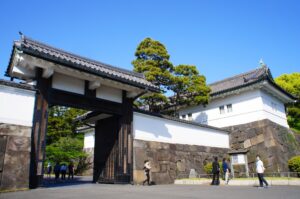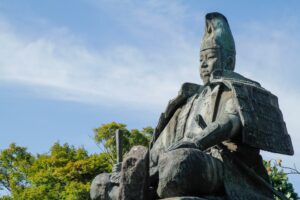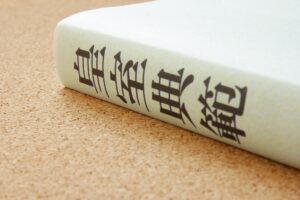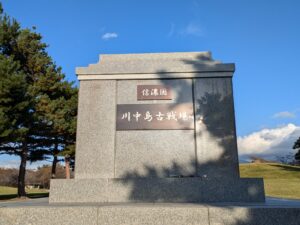The Meiji Restoration marks one of the most significant turning points in Japanese history. It ended centuries of feudal rule and launched a rapid modernization effort that redefined Japan’s identity. This article explores the key figures, major reforms, and long-lasting effects of the Meiji era, focusing particularly on how everyday life, education, and the class system evolved after 1868.
What Was the Meiji Restoration?
The Meiji Restoration was a political revolution that began in 1868, restoring practical imperial rule to Japan under Emperor Meiji. It marked the end of over two centuries of feudal rule by the Tokugawa shogunate and initiated a period of rapid modernization and Westernization. The movement aimed to consolidate political power under the emperor, modernize Japan’s economy and military, and ultimately transform Japan into a formidable global power.
This pivotal moment in Japanese history was not just a change in leadership but a complete overhaul of societal structures, legal systems, and international relations. Under Emperor Meiji, Japan shifted from a feudal society to a centralized, bureaucratic state modeled after Western powers. The Restoration laid the groundwork for Japan’s emergence as a modern industrial nation.

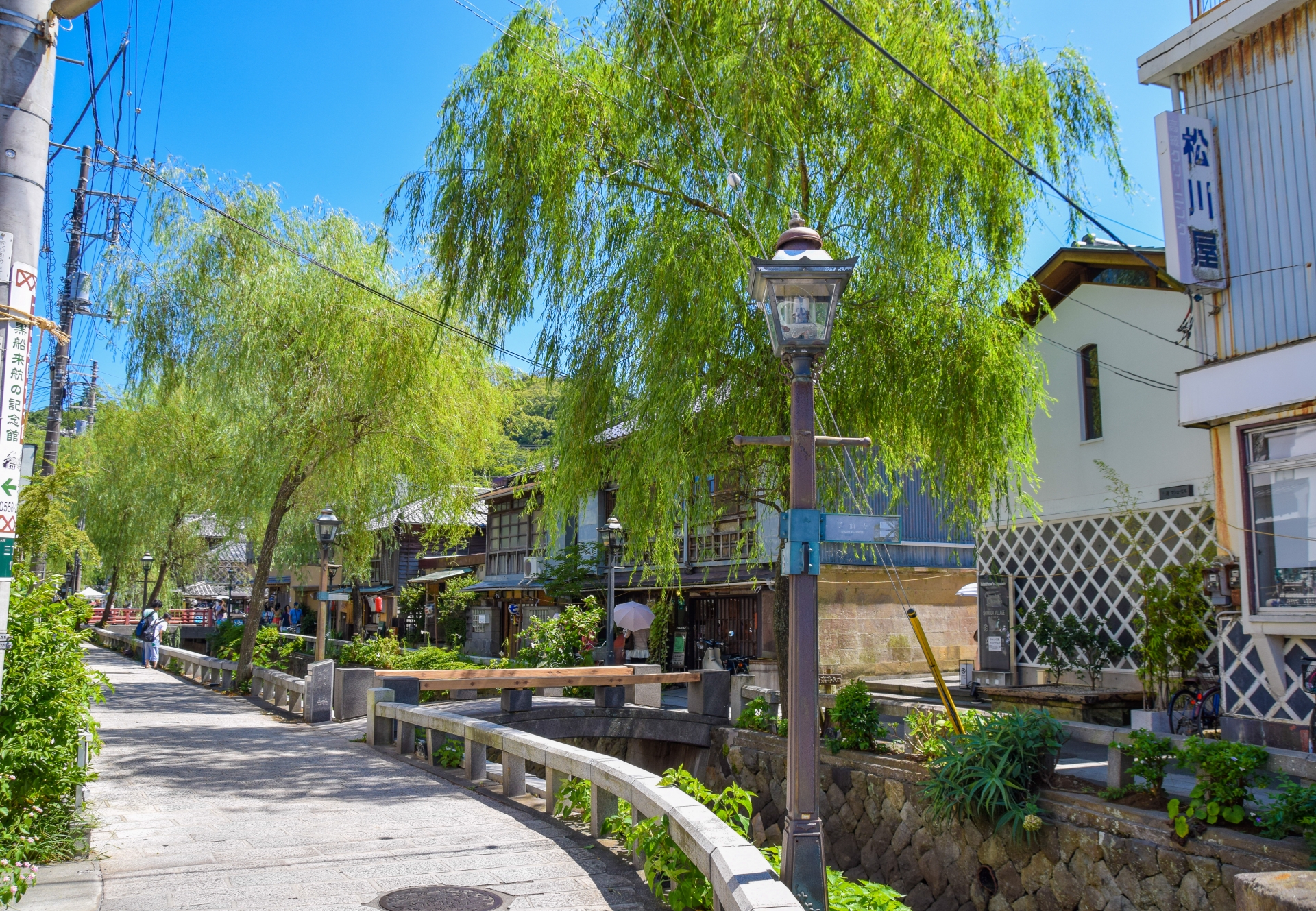
The Visionaries Behind the Restoration: The Ishin Sanketsu
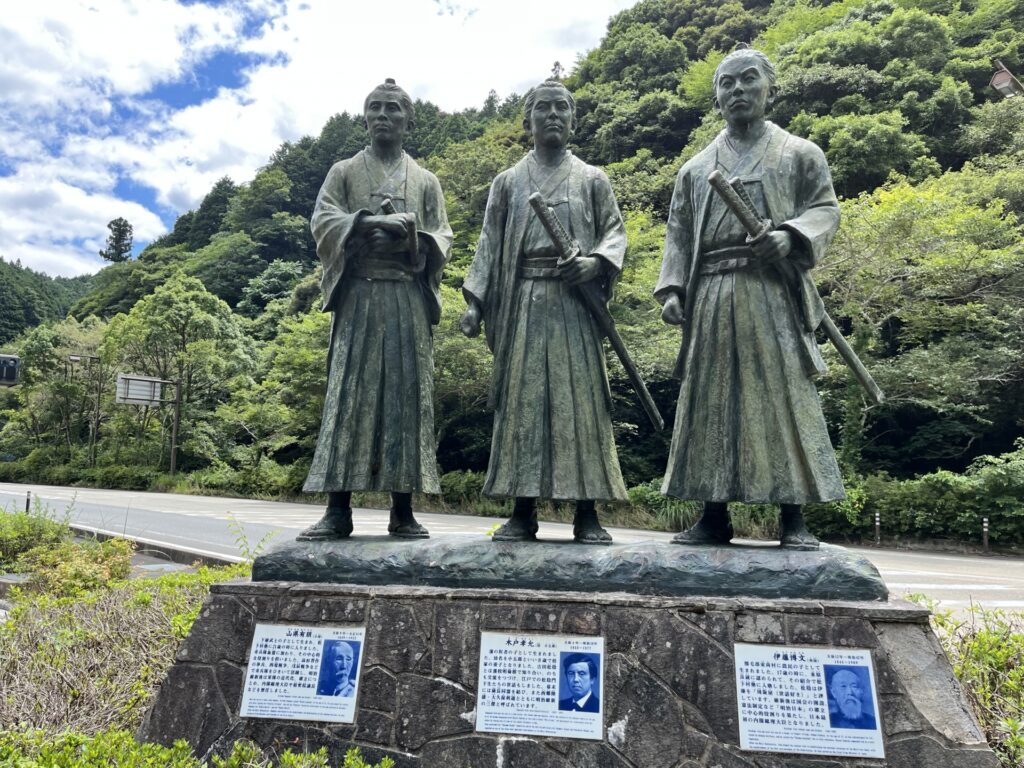
The Meiji Restoration was driven by a group of reform-minded leaders known as the Ishin Sanketsu, or the “Three Great Nobles of the Restoration.” Each played a crucial role in Japan’s transition:
Kido Takayoshi (1833–1877)
- Role: Architect of Japan’s constitutional reform.
- Contributions: Advocated for parliamentary government and helped draft the Charter Oath.
- Legacy: Instrumental in promoting education and civil rights.
ŌKubo Toshimichi (1830–1878)
- Role: Leading figure in fiscal and industrial modernization.
- Contributions: Designed economic policies, encouraged foreign trade, and established government-run factories.
- Legacy: Known as the “father of modernization.”
Saigō Takamori (1828–1877)
- Role: Military leader and symbol of traditional samurai values.
- Contributions: Initially supported the Restoration but later led the Satsuma Rebellion against the new regime.
- Legacy: Remembered as the “last true samurai.”
| Name | Role During Restoration | Key Contributions |
| Kido Takayoshi | Political strategist | Charter Oath, civil liberties |
| ŌKubo Toshimichi | Economic reformer | Industrialization, fiscal policy |
| Saigō Takamori | Military leader | Led Satsuma Rebellion |
Key Reforms of the Meiji Government That Changed Everyday Life
The Meiji government implemented a wide range of reforms that radically altered daily life in Japan:
- Western-style clothing and haircuts (Danpatsu): The government encouraged the adoption of Western fashion to symbolize modernity and break from feudal customs.
- Standardized time and calendar: The Gregorian calendar replaced the traditional lunar calendar, aligning Japan with international systems.
- Mass communication and transport: The spread of printed newspapers, a national postal service, and the construction of railways connected distant regions and informed the populace.
- Cash economy and taxation: A new land tax system required payment in cash, fostering the rise of a money-based economy.
| Aspect | Tokugawa Era | Meiji Era |
| Fashion | Kimono, topknots | Suits, short hair (Danpatsu) |
| Timekeeping | Lunar calendar | Gregorian calendar |
| Communication | Messengers, oral news | Newspapers, telegraphs, postal system |
| Economy | Rice-based stipends | Cash economy, modern taxation |
The End of the Class System: From Samurai to Commoners

One of the most dramatic social changes during the Meiji Restoration was the dismantling of the feudal class system:
- Chitsuroku Shobun: The government abolished hereditary stipends for samurai, ending their privileged economic status.
- Haitōrei Edict (1876): Samurai were banned from wearing swords, stripping them of their iconic symbol.
- Universal surnames and conscription: All citizens were required to adopt surnames, and a conscription law created a national army.
- Shimin Byōdō (Legal Equality): Legal distinctions between classes were abolished, promoting the idea of equality under the law.
These reforms were met with resistance, most notably in the Satsuma Rebellion (1877), led by Saigō Takamori. Despite this, the new class structure laid the foundation for a modern, egalitarian society.
Class Structure Comparison:
- Before: Samurai > Farmers > Artisans > Merchants
- After: All citizens (shimin) under legal equality
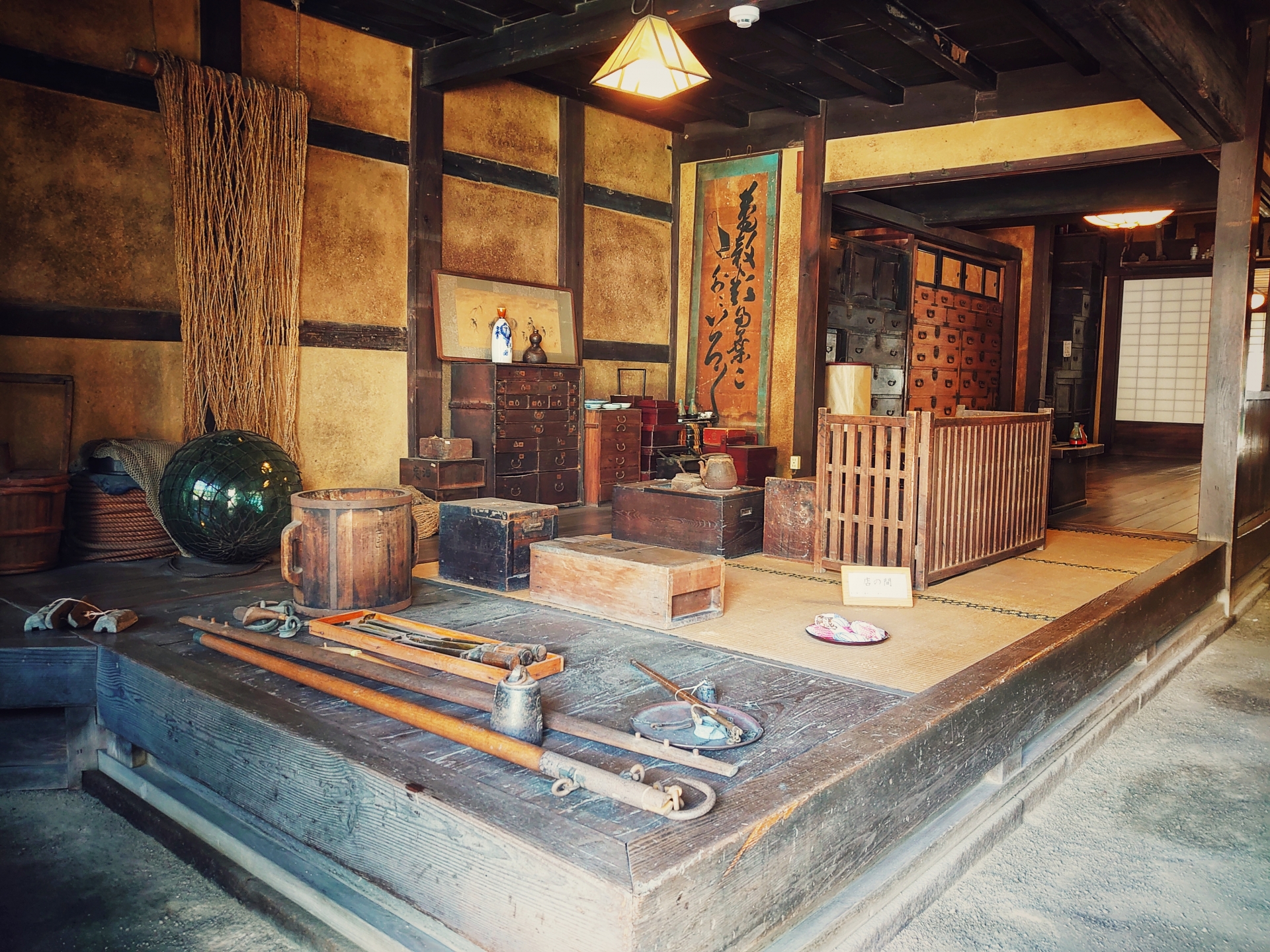
Building the Nation Through Education: The Gakusei and Beyond
Recognizing education as essential to modernization, the Meiji government launched several initiatives:
- The Gakusei (1872): Japan’s first national education system. It mandated compulsory elementary schooling for boys and girls.
- Gender inclusivity: Although still limited, educational opportunities for girls improved.
- Western influence: Science, math, and foreign languages (especially English) were introduced.
- Institutions: Tokyo University and teacher training colleges were established to cultivate elite bureaucrats and educators.
- Imperial Rescript on Education (1890): Promoted loyalty, morality, and nationalism in schools.
Early Meiji classrooms often featured Western-style desks and chalkboards, a stark contrast to the tatami rooms of temple schools (terakoya) in the Tokugawa era.
Industrialization and Economic Transformation

The Meiji era ushered in a dramatic shift from an agrarian society to an industrial economy:
- Fukoku Kyōhei (Enrich the country, strengthen the army): This motto encapsulated the government’s dual focus on economic and military strength.
- Model factories: The government built textile and steel plants to jump-start industrialization.
- Zaibatsu: Powerful industrial conglomerates like Mitsui and Mitsubishi emerged.
- Urbanization: Rural populations migrated to cities, forming a new wage-earning class.
Industrial Milestones Timeline:
- 1872: First railway opens (Tokyo to Yokohama)
- 1877: Osaka Mint established
- 1881: Privatization of model industries
- 1890s: Rapid expansion of railroads and telegraph lines
Japan’s New International Position After the Restoration
The Meiji Restoration repositioned Japan as a global power:
- Diplomatic modernization: Japan renegotiated unequal treaties with Western nations.
- Military success:
- First Sino-Japanese War (1894–95): Gained Taiwan, shocked China.
- Russo-Japanese War (1904–05): First Asian victory over a European power.
- Recognition: Japan joined the ranks of the world’s leading industrial and military powers.
| Country | Political Reform | Military Victory | International Status |
| Japan | Meiji Constitution (1889) | Victory over Russia (1905) | Rising world power |
| China (Qing) | Limited reforms | Defeat by Japan | Declining empire |
Frequently Asked Questions About the Meiji Restoration
Why did the Meiji Restoration happen?
The Meiji Restoration occurred due to internal dissatisfaction with the Tokugawa shogunate’s inability to handle foreign threats, economic stagnation, and rigid social structures. Western imperial pressure, especially after Commodore Perry’s arrival in 1853, forced Japan to rethink its isolationist stance.
What is the Meiji Restoration in simple terms?
It was a major political and social revolution in 1868 where power shifted from the shogun to the emperor, and Japan began rapidly modernizing its economy, military, and society to catch up with the West.
What were the effects of the Meiji Restoration?
The Restoration led to the end of the samurai class, modernization of the military and industry, creation of a centralized government, and a new education system. It transformed Japan into a modern, industrial nation within a few decades.
Who led the Meiji Restoration?
The Restoration was led by a coalition of reformist samurai from the Satsuma, Chōshū, and Tosa domains, including figures like Kido Takayoshi, ŌKubo Toshimichi, and Saigō Takamori.
Bonus: Meiji Japan vs. Qing China’s Self-Strengthening Movement
| Factor | Meiji Japan | Qing China |
| Leadership Unity | Strong centralized leadership | Fragmented, bureaucratic resistance |
| Reform Approach | Comprehensive (political, social) | Partial (mostly military) |
| Western Influence | Embraced education and technology | Selective adoption |
| Military Outcome | Victorious in wars | Defeated by Japan |
| International Standing | Became a world power | Continued decline |
Japan’s success stemmed from coherent leadership, openness to Western ideas, and willingness to restructure society. In contrast, China’s reforms were hampered by internal divisions and reluctance to change traditional systems.
Conclusion: Why the Meiji Era Still Matters Today
The Meiji Restoration was more than a historical turning point—it was the foundation of modern Japan. Its blend of tradition and innovation enabled Japan to modernize without being colonized. The legal, educational, industrial, and military systems established during this era still influence Japan today.
For modern developing nations, the Meiji model offers valuable lessons in state-led modernization, national unity, and adaptive reform. As global challenges mount, revisiting the Meiji era reminds us how vision and decisive action can reshape a nation’s destiny.





